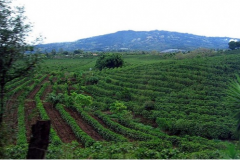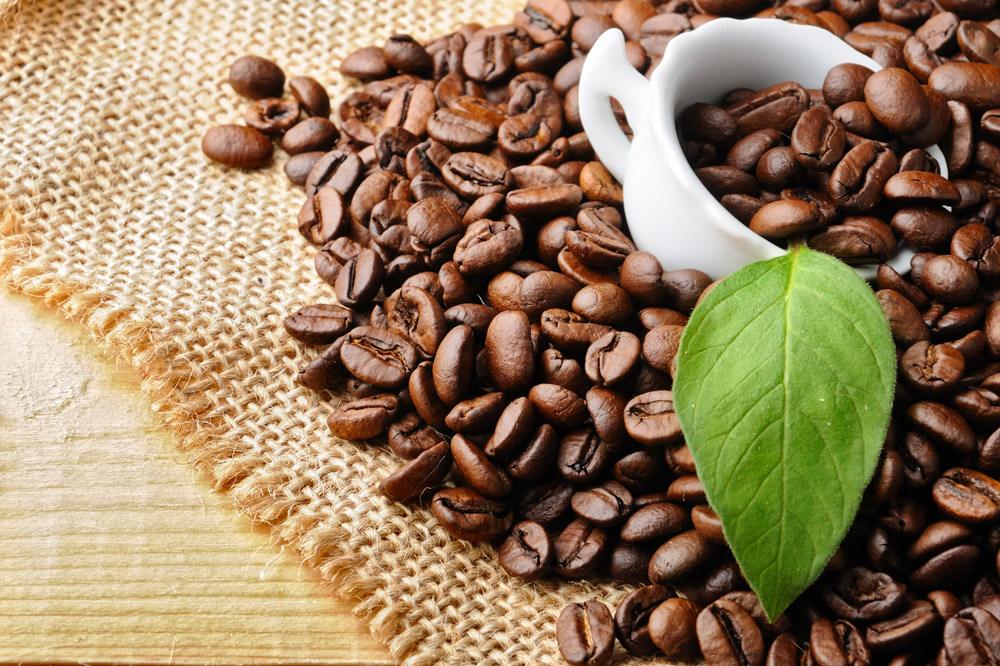The abnormal Prosperity of Brazilian Coffee
The coffee industry is both a driving force and a shackle.
The coffee industry played a pivotal role in Brazil's modern economic structure, providing the driving force for urbanization, industrialization and modernization.
First, the large amount of export foreign exchange generated by the post-independence coffee economy provided the necessary financial security for Brazil's early industrialization. 1889-1919 In 2010, Brazil's industrial enterprises increased from 626 to 13566. Brazilian industrial output doubled during World War I and tripled in 1923. In addition, Brazil's industrial sector has broken through the scope of light industry, with metallurgical, chemical and pharmaceutical industries accounting for a certain proportion. This industrial development provided the basis for Brazil's industrialization thereafter.
Second, the infrastructure created by the coffee economy provided essential conditions for Brazil's early industrialization. In 1852, the Brazilian government enacted a law encouraging railway construction. Subsequently, Brazil set off an upsurge in railway construction, forming a railway network centered on Sao Paulo City, connecting important ports and coffee-producing areas such as Rio de Janeiro City, Santos Port and Campinas. In 1920, Brazil's railway mileage reached 27,000 kilometers. By 1915, 104 power stations had been built. Transportation and electricity played a leading role in the industrialization process.
Third, the development of the coffee industry attracted a large number of immigrants, not only achieving the prosperity of export economies such as coffee, but also promoting Brazil's urbanization process. A number of cities have emerged near the coffee industry belt and have gradually become important industrial bases in Brazil, with a rapid increase in urban population. Especially in Sao Paulo state, from 1.38 million in 1890 to 4.59 million in 1920, the capital city of Sao Paulo became the financial center, management center and distribution center of imported industrial products in southeastern Brazil.
At the same time, we should also see that the overheated coffee industry has brought many disadvantages to Brazil's economic and political life.
First of all, although coffee farming has led to the development of many industries in the surrounding areas, the impact is more vertical than horizontal. All the urban infrastructure, transportation and export processing industries related to coffee export economy have been developed rapidly, and vice versa has not changed significantly.
Second, Brazil's industrial layout is deeply influenced by the coffee industry. The former coffee growing center is still Brazil's industrial heartland. In 1907, the coffee-rich state of São Paulo and the Federal District accounted for 49% of Brazil's industrial output, rising to 52% in 1920. This highly concentrated industrial distribution is irrational and creates an imbalance in the development of Brazil's regions.
Third, the coffee economy has led to the formation of a "coffee oligarchy" in Brazil. Coffee plantation owners with huge wealth controlled the political, economic and diplomatic power of the country by manipulating elections and forming political alliances. Between 1894 and 1930, for example, Brazil's presidents came from the "coffee triangle" of Sao Paulo, Rio de Janeiro and Minas Gerais.
Finally, excessive reliance on coffee for export as a mono-product has led to severe structural dislocations in the economy, deepening the dependency and vulnerability of the Brazilian economy. In the 1930s, the great economic crisis in western countries hit Brazil's coffee economy hard, which led to a domestic movement against "coffee oligarchy" politics. After Vargas came to power through a coup in 1930, he implemented a nationalist economic policy and started the process of import-substitution industrialization. In the mid-1950s, Brazil's industrial output exceeded agricultural output for the first time, and the industrial system began to take shape. However, due to the absence of large-scale land ownership to eradicate traditional agriculture, changes in the old political and economic structure of rural areas were very limited, and industrial development lacked internal demand and motivation.
Important Notice :
前街咖啡 FrontStreet Coffee has moved to new addredd:
FrontStreet Coffee Address: 315,Donghua East Road,GuangZhou
Tel:020 38364473
- Prev

Panamanian Poquet Alida Manor Solar Iron pickup Fine Coffee beans Grinding degree roasting degree treatment
Panama Boquete Elida Typica Natural country: Panama grade: SHB production area: Pokuit baking degree: moderate baking method: sun variety: iron pickup flavor: rich tropical fruit, strawberry flavor, black plum Baru is a young volcano, more than 3400 meters above sea level, is an active volcano, surrounded by seven different microclimatic zones
- Next

Kenyan coffee export income continues to increase
In 2016, Kenyan coffee exports increased by 7.8 per cent to US $206 million, of which 85 per cent was auctioned through the Nairobi Coffee Exchange (NCE) and the rest sold directly overseas. According to statistics, the main destinations of Kenyan coffee exports are Germany, Belgium and the United States, and the prices vary, with each bag of 50kg coffee beans selling for about $250,240 and $300 respectively. Willing to pass
Related
- Detailed explanation of Jadeite planting Land in Panamanian Jadeite Manor introduction to the grading system of Jadeite competitive bidding, Red bid, Green bid and Rose Summer
- Story of Coffee planting in Brenka region of Costa Rica Stonehenge Manor anaerobic heavy honey treatment of flavor mouth
- What's on the barrel of Blue Mountain Coffee beans?
- Can American coffee also pull flowers? How to use hot American style to pull out a good-looking pattern?
- Can you make a cold extract with coffee beans? What is the right proportion for cold-extracted coffee formula?
- Indonesian PWN Gold Mandrine Coffee Origin Features Flavor How to Chong? Mandolin coffee is American.
- A brief introduction to the flavor characteristics of Brazilian yellow bourbon coffee beans
- What is the effect of different water quality on the flavor of cold-extracted coffee? What kind of water is best for brewing coffee?
- Why do you think of Rose Summer whenever you mention Panamanian coffee?
- Introduction to the characteristics of authentic blue mountain coffee bean producing areas? What is the CIB Coffee Authority in Jamaica?

